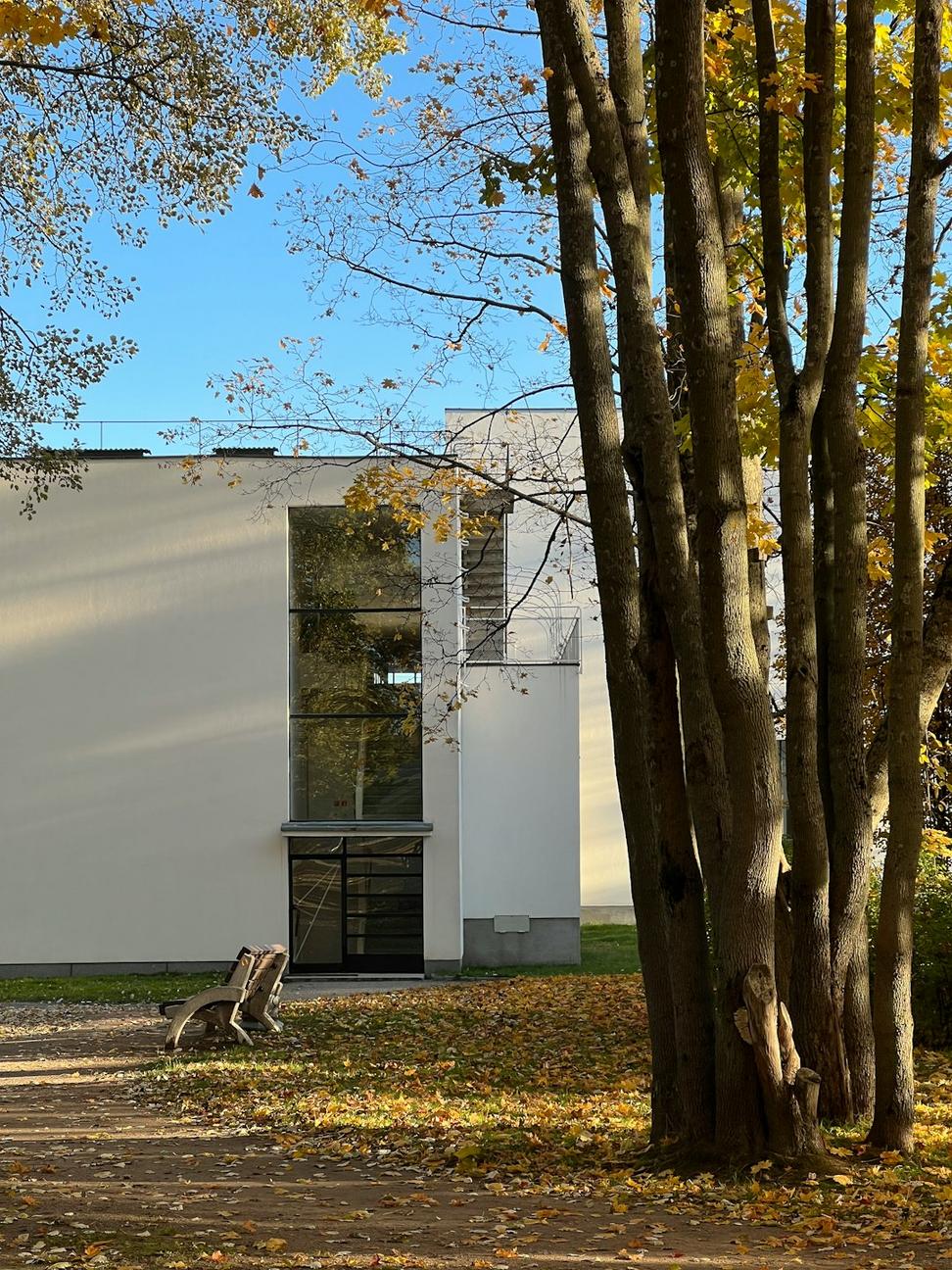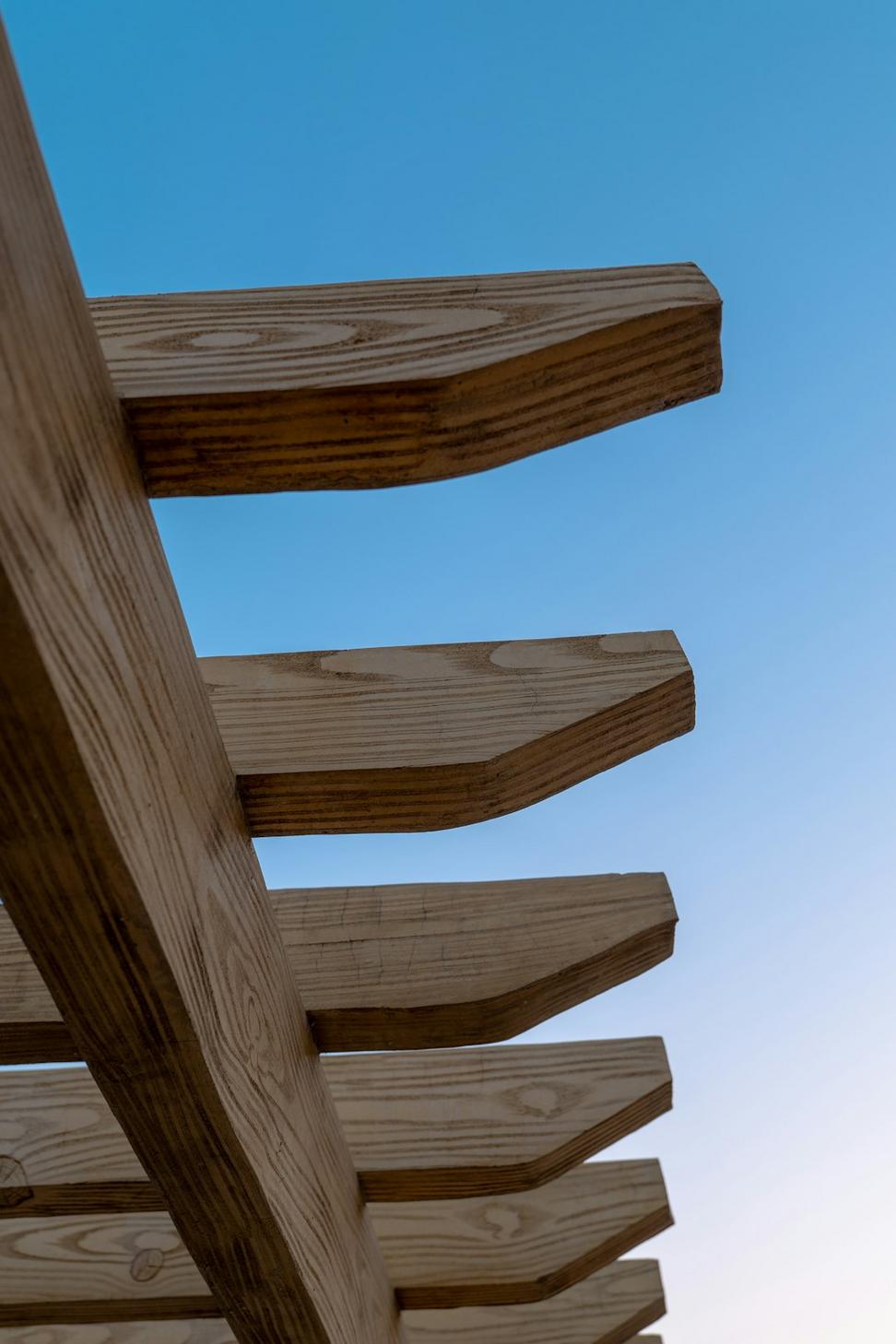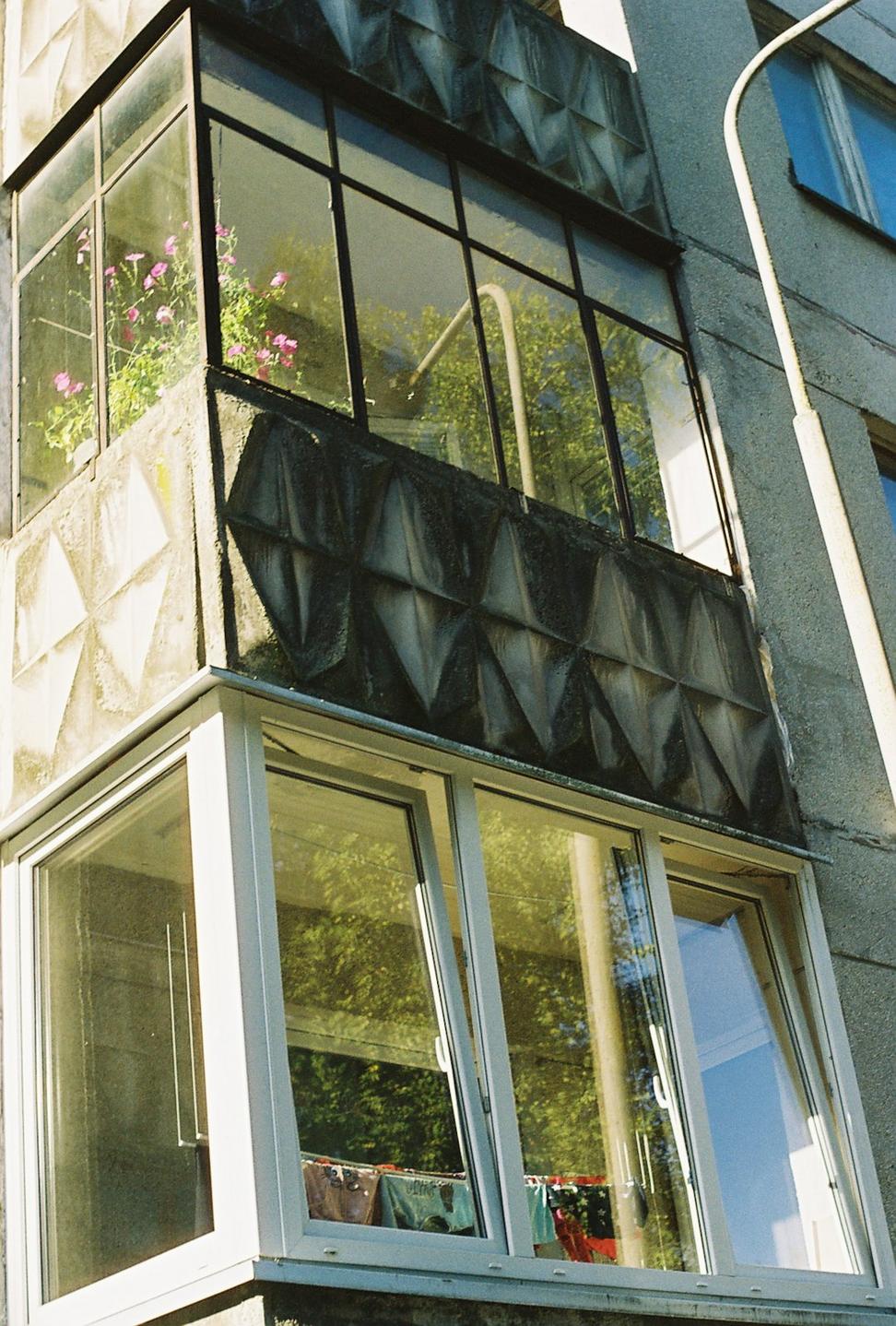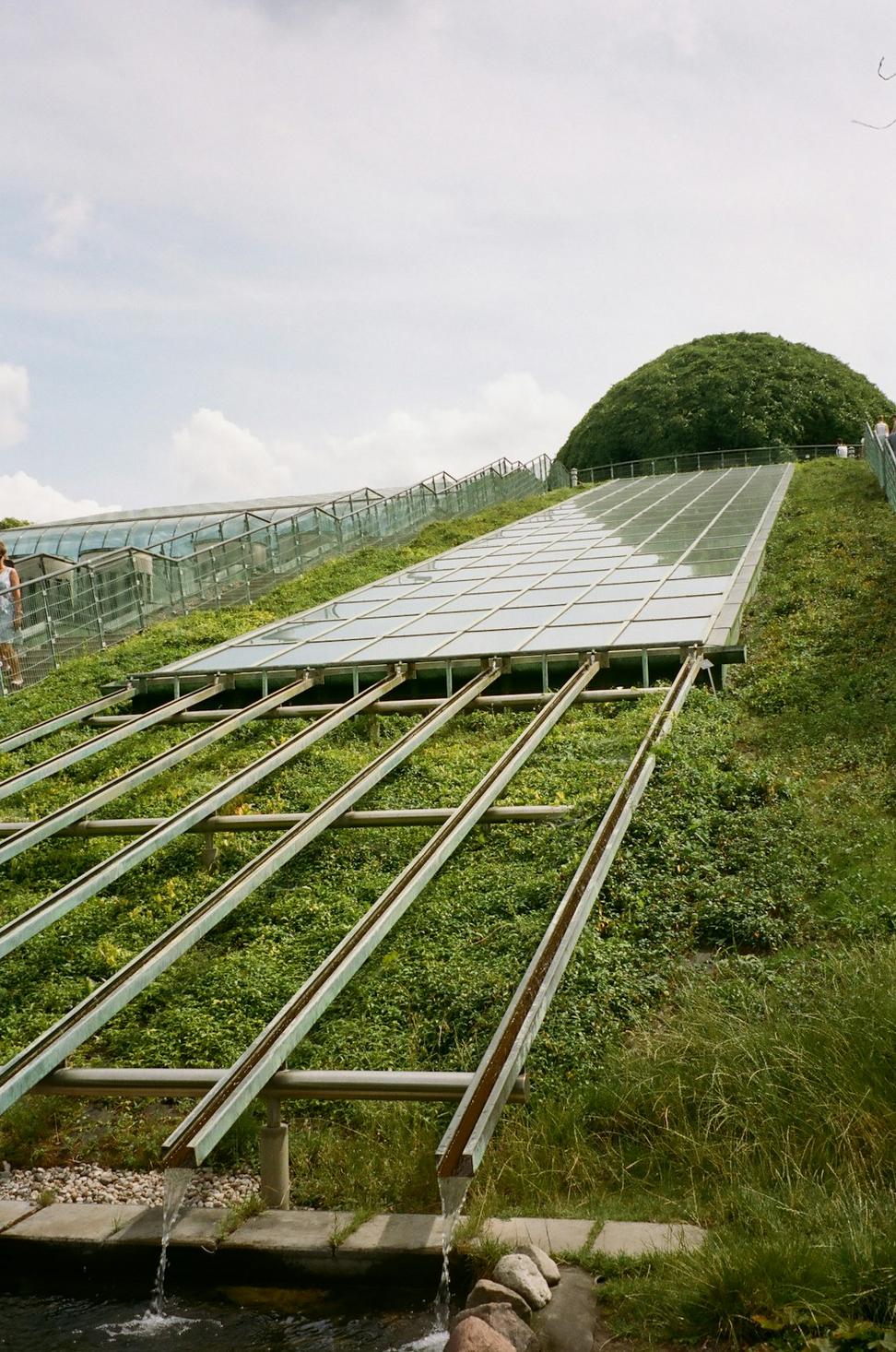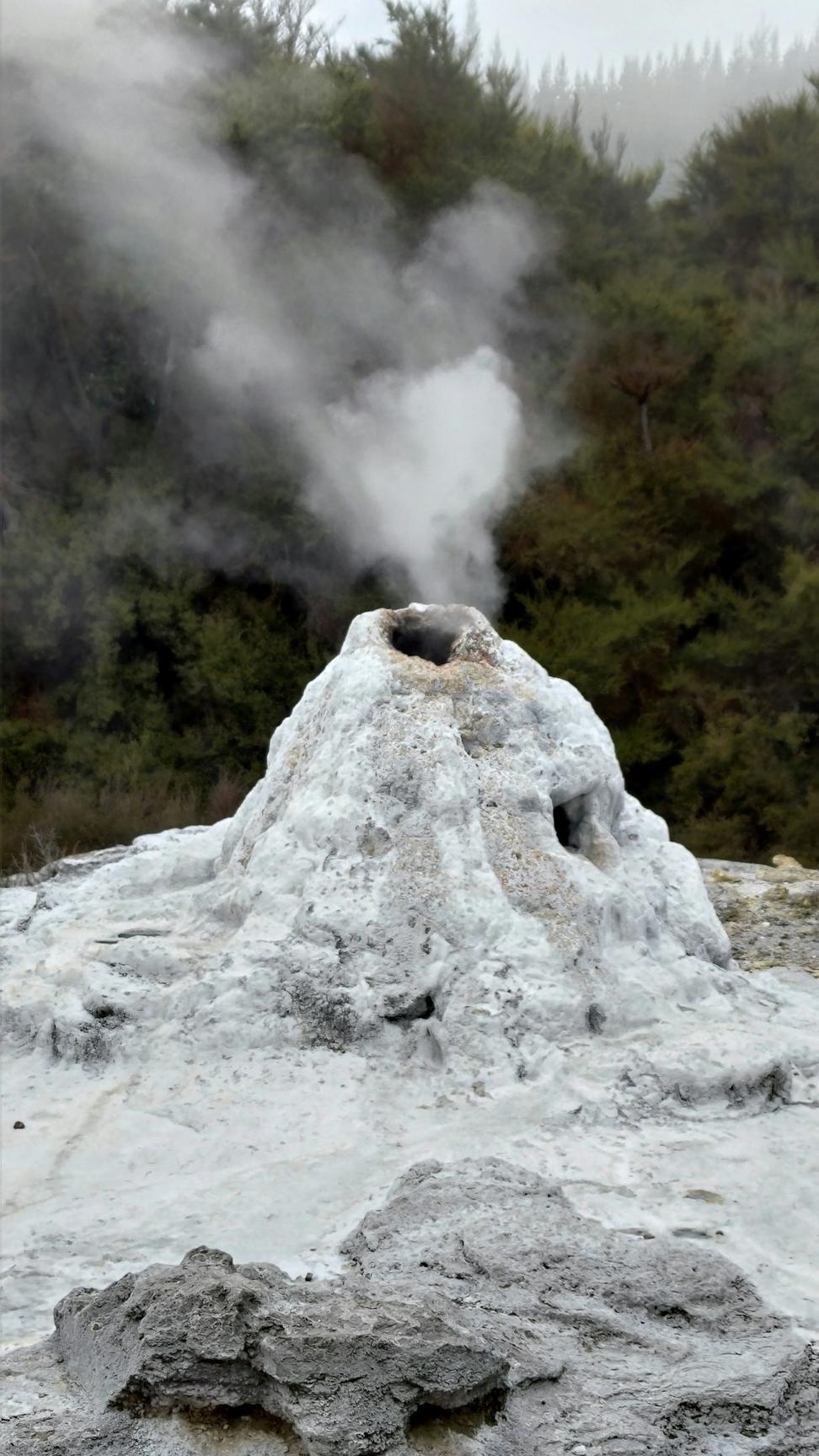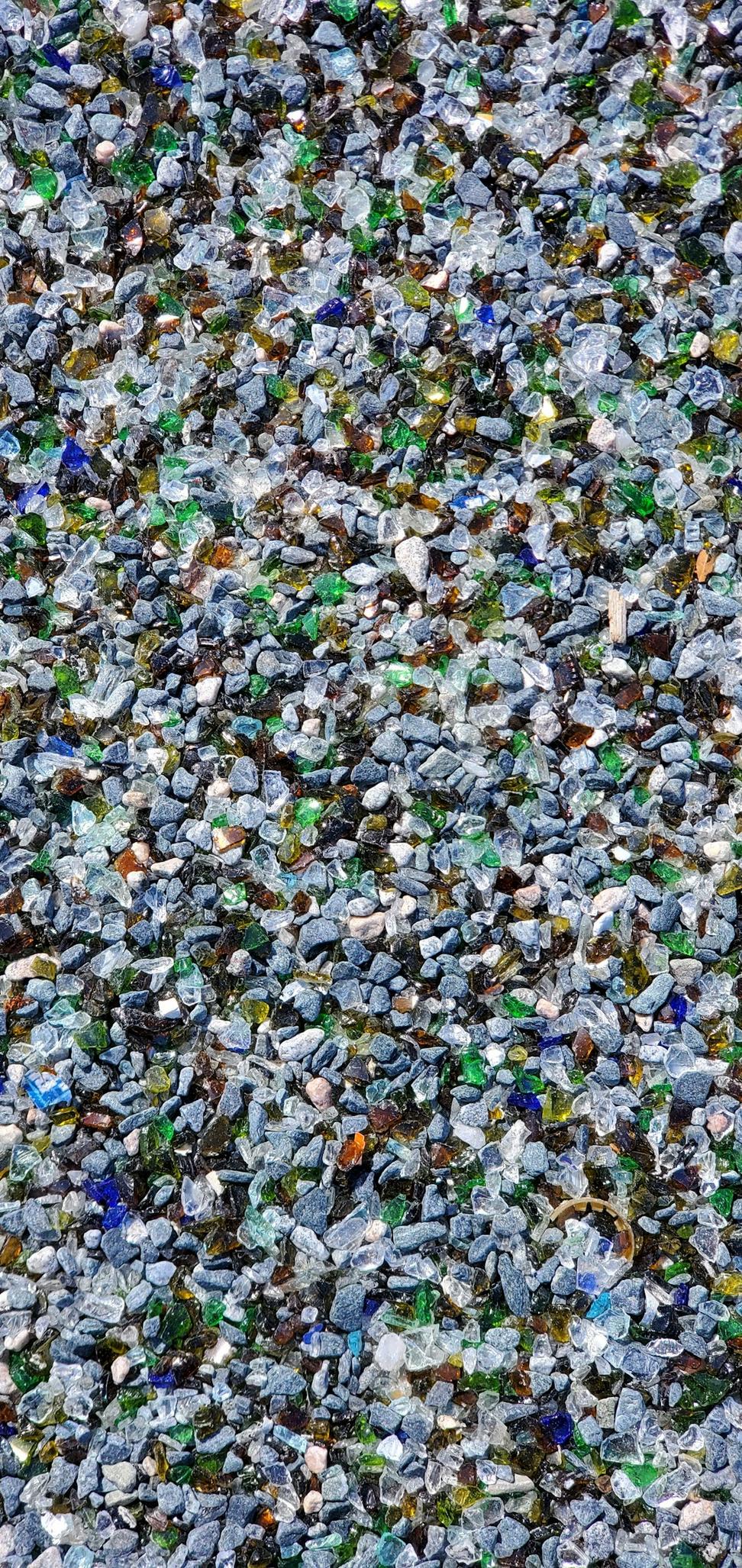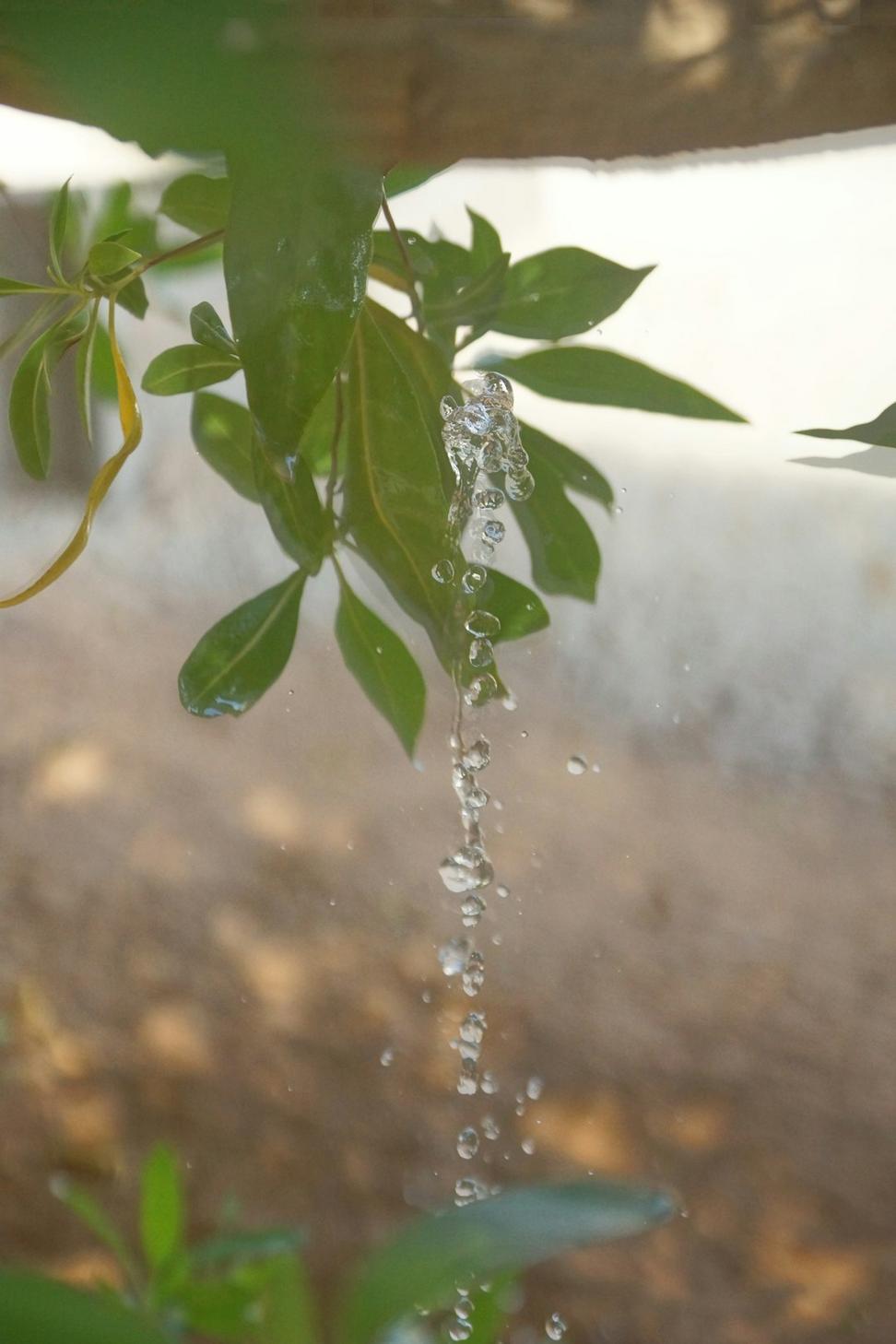Building Tomorrow, Respecting Yesterday
Look, we're not gonna pretend we've got all the answers. But we've been at this for years, and we've learned that the old Nordic ways weren't just beautiful—they were smart as hell. Our ancestors built stuff that lasted centuries without wrecking the planet. We're just trying to do the same with today's tech.
